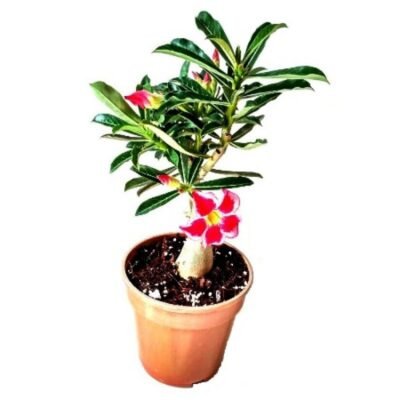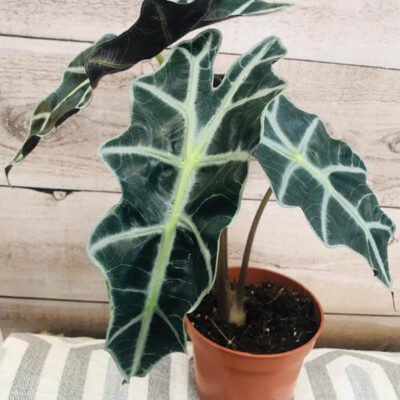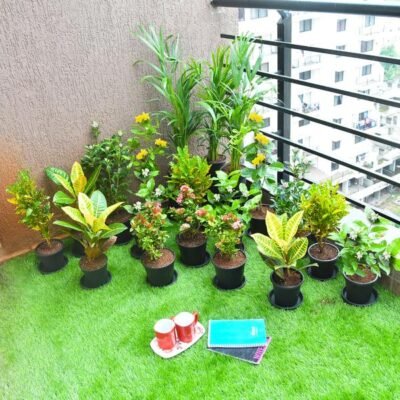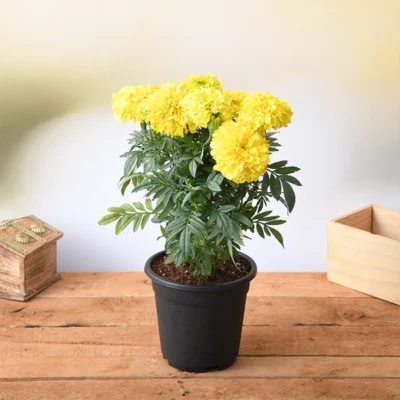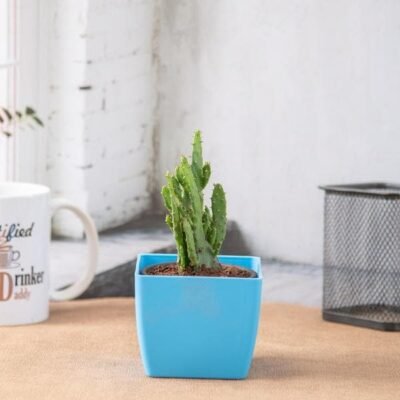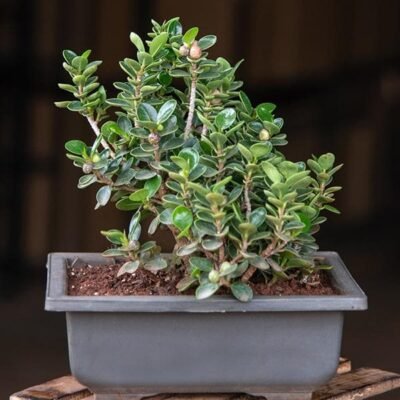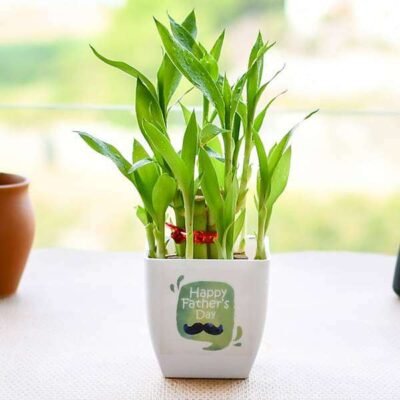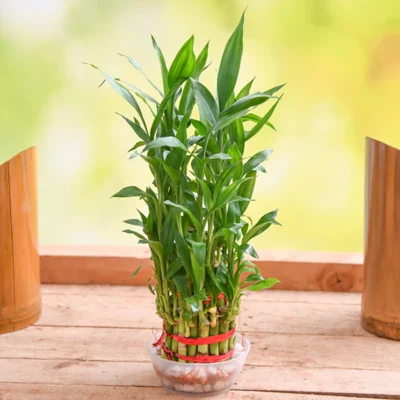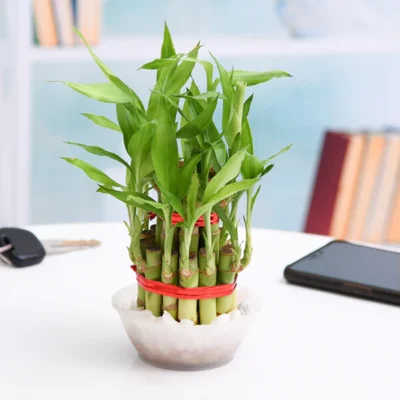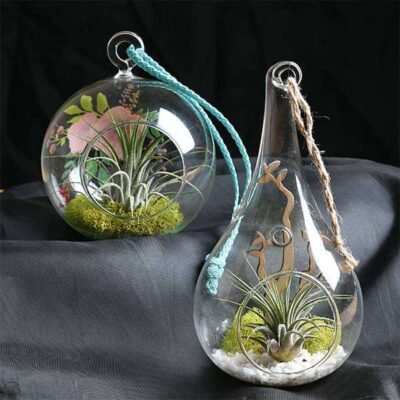You are Here:
Home / Plants / Plants by Location / Outdoor Plants
Outdoor Plants
[cat_short_description]
Filter by Price
Categories
This Week’s Top Rated
-
 Adenium Baby Pink (Grafted) - Adenium obesum, Desert Rose Plant
Rated 4.50 out of 5
Adenium Baby Pink (Grafted) - Adenium obesum, Desert Rose Plant
Rated 4.50 out of 5₹589.00₹500.00 -
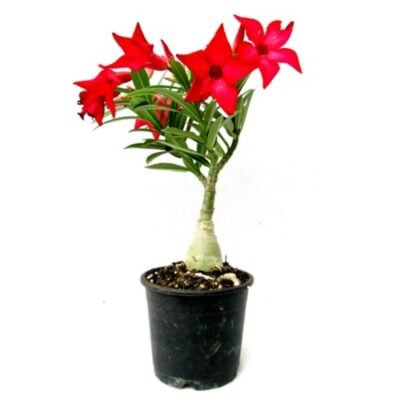 Adenium Red (Grafted) - Adenium Serene Rose, Adenium Obesum, Desert Rose Plant
Rated 3.00 out of 5
Adenium Red (Grafted) - Adenium Serene Rose, Adenium Obesum, Desert Rose Plant
Rated 3.00 out of 5₹429.00₹400.00 -
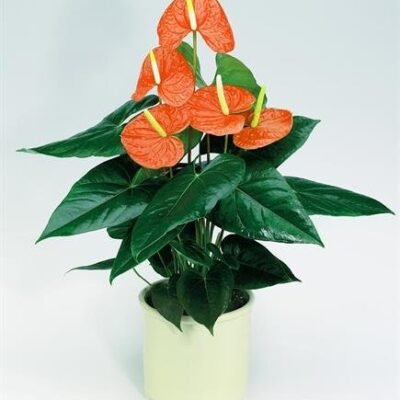 Anthurium Orange - Flamingo Flower, Laceleaf, Tailflower Plant
Rated 0 out of 5₹1,119.00
Anthurium Orange - Flamingo Flower, Laceleaf, Tailflower Plant
Rated 0 out of 5₹1,119.00
Showing all 9 results
-
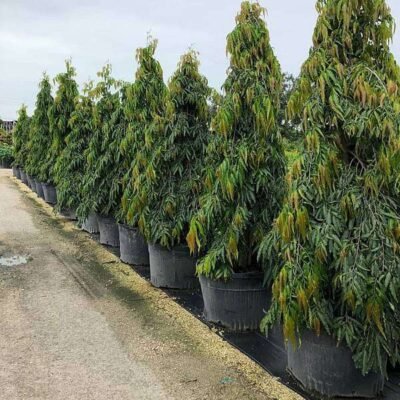 Add to cart
Add to cart - From the full sun to some shade.
- Watering soil that drains rather well and is organic.
- 20 to 35 degrees Celsius temperature.
- Use any organic fertiliser you choose.
Quick View -
 Add to cart
Add to cart - Before watering the soil, check the moisture content.
- Using your finger, probe the soil; if it seems dry, add water.
- Maintain the plant in bright indirect light.
- After getting it, do not immediately re-pot it.
Quick View -
 Add to cart
Add to cart - Dig a 12-inch-deep hole in the garden’s sunniest location.
- Dig a little deeper of a hole if the plant is a little larger.
- Before planting the tree, prepare the soil by adding fertilisers and plant food.
- After deeply planting the tree, compact the dirt.
Quick View -
 Add to cart
Add to cart - Check the moisture in the soil by poking it with your finger or a simple little stick.
- If you can touch the top soil (1-2 inches) in the container and it seems dry, add 4 cups (about 200ml) of water.
- Maintain the plant in bright indirect light.
- After receiving it, wait at least two weeks before repotting.
Quick View -
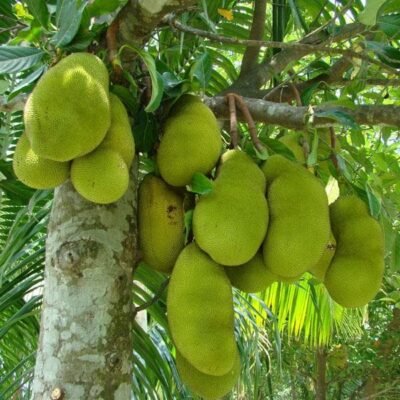 Add to cart
Add to cart - Maintain the plant in bright, indirect natural light.
- Check the moisture in the soil by poking it with your finger or a simple little stick.
- When the top 1-2 inches of soil feel dry to the touch, water.
- After receiving it, wait at least two weeks before repotting.
Quick ViewFruit PlantsJack Fruit, Kathal, Artocarpus Heterophyllus (Grafted) – Plant
Rated 0 out of 5₹549.00 Add to cart -
 Add to cart
Add to cart - Due to their very minimal maintenance needs, pentas are a pleasant addition to gardens.
- Start your planting in late spring with moist, well-drained soil and lots of sunlight for the greatest results.
- The Pentas prefers soil that dries quickly after prolonged irrigation or severe rains.
Quick View -
 Add to cart
Add to cart - Nutmeg trees should be grown in rich, organic soil that is low in salt and has a medium texture.
- Ideally, the pH should be between 6-7, though they will tolerate values between 5.5 and 7.5.
- A soil test can help you decide whether the location is suitable or whether you need to alter it to make up for nutritional deficiencies.
Quick View -
 Add to cart
Add to cart - Full-spectrum sunlight.
- When the plant is actively growing with new leaves and stem length from spring through fall, water the tree liberally.
- Acidic soil with good drainage.
- 35 to 40 degrees F for hardiness. Significant frost or temperatures below freezing result in complete leaf defoliation.
- Every year, apply a general, well-balanced fertiliser.
Quick ViewOutdoor PlantsCassia Fistula, Golden Shower Tree, Bahava – Plant
Rated 0 out of 5₹349.00 Add to cart -
 Add to cart
Add to cart - From blazing sun to light shade
- Throughout the growing season, keep the soil moist
- Well-drained soil
- 60 to 100 degrees Celsius temperature
- Put any organic fertiliser in use
Quick View
Read more about
Outdoor Plants
[cat_description]



